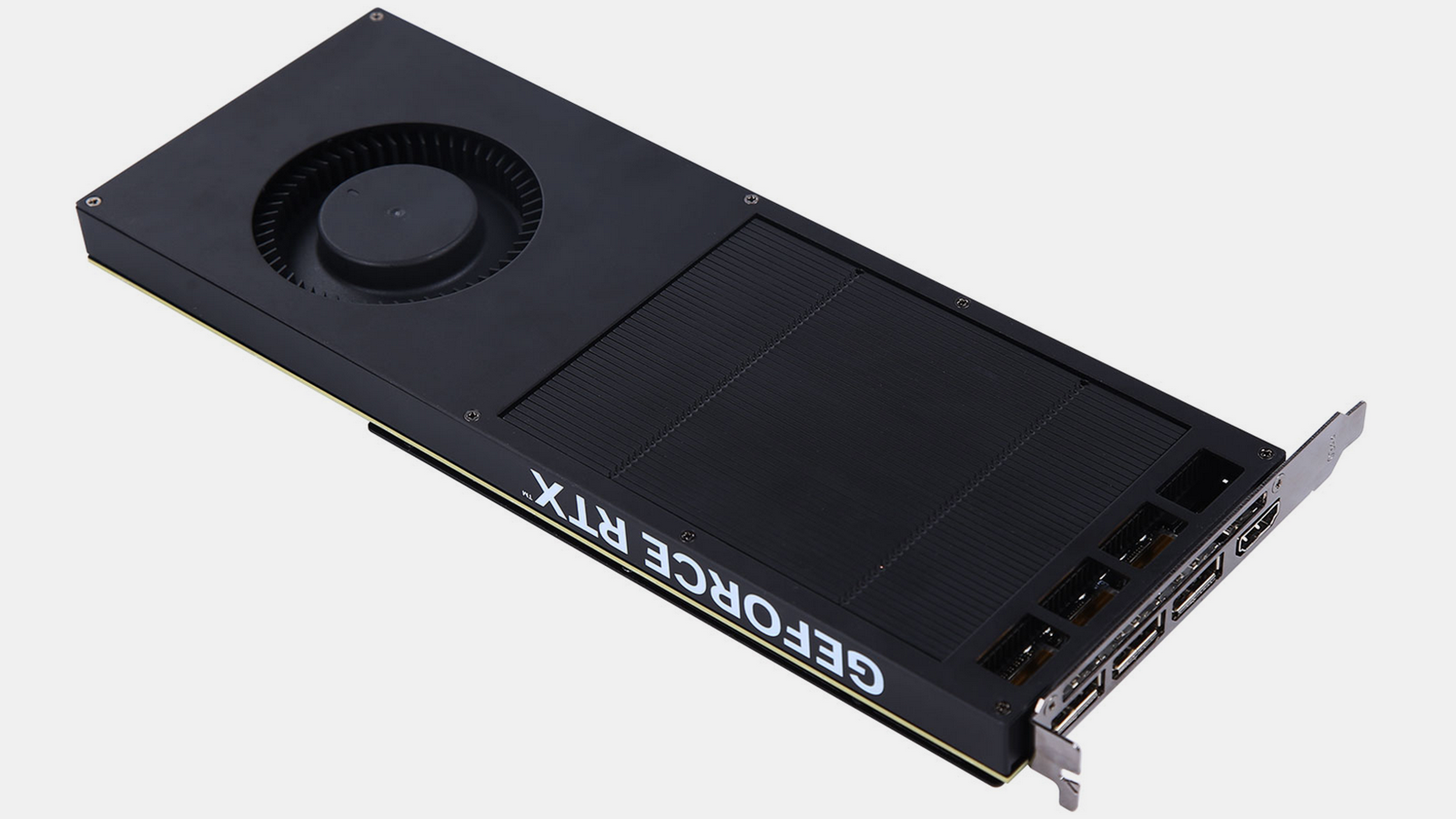Single-Slot GeForce RTX 4060 Ti Comes With Blower Design

A few weeks ago, we reported about a single-slot GeForce RTX 4060 Ti, one of the best graphics cards, with a blower fan allegedly coming from Colorful. To our surprise, a very similarly looking graphics card is listed by Chinese Galax, a prominent graphics card maker. This could mean the product could eventually end up in retail in Europe or the U.S.
As far as specifications are concerned, the Galax GeForce RTX 4060 Ti Unparalleled Max is just yet another RTX 4060 Ti product. It carries Nvidia's AD106-351 GPU featuring 4,352 CUDA cores and operates at the recommended Nvidia boost clocks of up to 2,535 MHz (5 MHz lower than on the original model). The GPU is mated with 16 GB of 18 GT/s GDDR6 memory over a 128-bit interface, which is, again, what Nvidia recommends. The card has four display outputs, comprising three DisplayPorts and one HDMI connector, making it quite versatile for various display setups.
The key selling point of the product is its form factor and dimensions. The board is 267 mm x 107 mm x 20 mm and fits easily into most computer cases, provided they have a spare eight-pin auxiliary PCIe power connector. Meanwhile, with a power rating of 165W, that blower fan may be pretty busy when the product is under high loads, so beware of noise.
It should be noted that Nvidia dislikes when its partners install blower-type fans on consumer products. To a large degree, this is because such graphics boards may pose competition to workstation-grade cards supplied by Nvidia and select partners.
One could fit multiple Galax GeForce RTX 4060 Ti Unparalleled Max boards into one system and use it for applications typically reserved for professional and server workloads, including video walls (which require multiple GPUs) and various AI/ML training and inference tasks that can use multiple FP16/BF16-capable GPUs running in parallel.
Get Tom's Hardware's best news and in-depth reviews, straight to your inbox.

Anton Shilov is a contributing writer at Tom’s Hardware. Over the past couple of decades, he has covered everything from CPUs and GPUs to supercomputers and from modern process technologies and latest fab tools to high-tech industry trends.